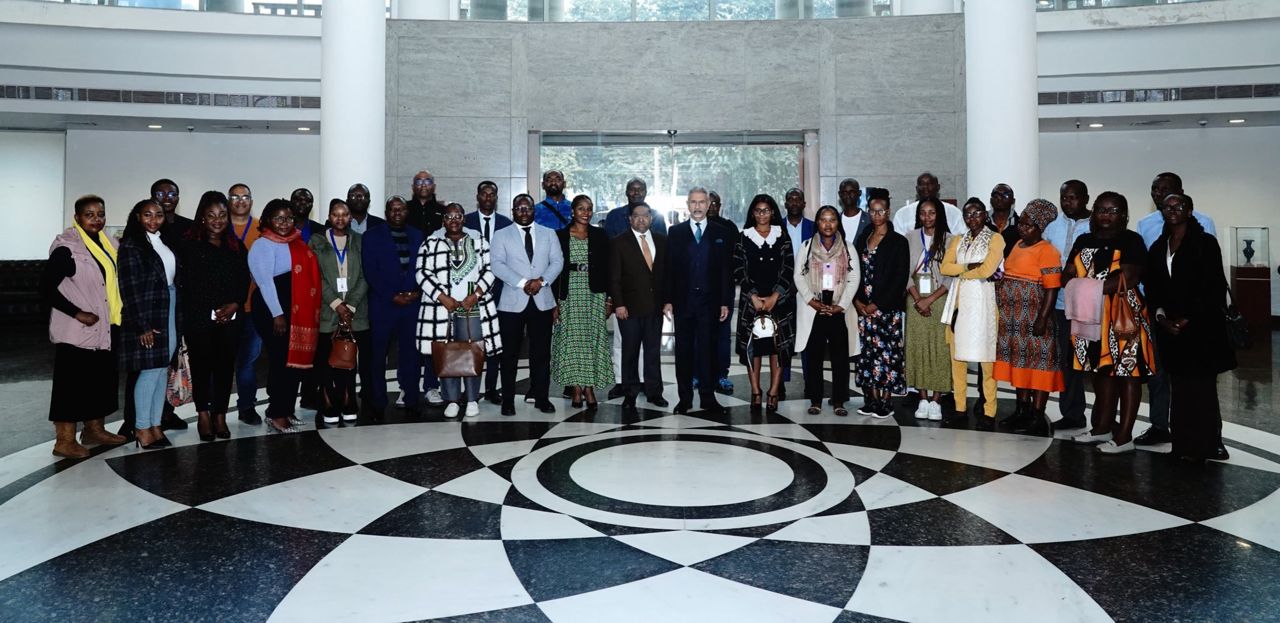The Namibian government is strategising to use the potential income generated from its recent oil and gas findings to buy a 24% stake in the untested Hyphen Hydrogen Energy green hydrogen project.
This was revealed by green hydrogen commissioner James Mnyupe during the South African Green Hydrogen Summit in Cape Town last week.
Mnyupe said the United States, the world’s largest oil and gas producer, has declared the most substantial subsidy for green hydrogen production.
“All these countries that are spending a lot of money to subsidise their hydrogen projects are funding it with oil and gas money,” he said.
He said wealthier nations with substantial financial resources primarily derived from oil and gas are currently depriving economically disadvantaged countries of better renewable resources of this opportunity.
“With all due respect, it is hard for us as Namibia, which cannot fully fund its education budget, to develop a hydrogen project without looking to utilise all the resources at our disposal,” Mnyupe said.
Hyphen Hydrogen Energy is yet to conduct a feasibility assessment on whether the country’s first vertically integrated green hydrogen plant can work, particularly in its designated Tsau //Khaeb National Park.
BALANCE
However, experts advise that the rush to launch the Hyphen green hydrogen project should not divert the focus from the immediate needs of Namibians, which could greatly benefit from the billions of dollars needed to buy the 24% worth of shares.
“This does not sound like a wise decision and it ignores the pressing current needs,” Herbert Jauch from the Economic Social Justice Trust says.
Jauch says due to the lack of transparency on green hydrogen and the unproven status of the Hyphen project, the government should not anticipate support from civil society to approve the substantial funds required for the 24% stake.
“An open and honest discussion about the costs and benefits of the agreed hydrogen project would need to take place first, but this has not happened thus far,” he says.
Jauch says the current rush for green hydrogen development in Namibia is not helping, and indications are that it is a whitewash for the country’s emerging oil and gas sector.
“They want to maintain the production and consumption levels in the industrialised countries, which have plunged the world into a climate catastrophe,” Jauch says.
Cons Karamata, the chief executive of the Economic Association of Namibia, says the decision to utilise oil and gas resources to finance Namibia’s 24% stake in the Hyphen project is a complex one, entailing trade-offs and considerations for long-term sustainability.
He says in principle, oil and gas revenue should support efforts to diversify the economy, including investments in renewable energy sources such as green hydrogen, ultimately reducing dependence on fossil fuels.
“However, Namibia must carefully strike a balance between investing in new industries and addressing immediate social and economic priorities,” Karamata says.
He says the country requires a clear and comprehensive energy and economic strategy that aligns with its development goals and ensures long-term sustainability.
Angelique Bock, an economic researcher at Simonis Storm Securities, says harnessing oil and gas resources to finance Namibia’s 24% stake offers substantial prospects, but is accompanied by challenges, such as potential environmental damage and social conflicts.
“The government should allocate a commensurate level of focus and support to industries in the economy which have demonstrated success and the potential to generate employment opportunities, while contributing positively to the socio-economic landscape, just as it is currently dedicating attention to the green hydrogen sector,” she says.
BRUSSELS
Meanwhile, Mnyupe, speaking at the Namibia-European Union (EU) business summit in Brussels, Belgium, yesterday, also revealed that Namibia is working towards announcing another sizable green hydrogen project early next year.
Mnyupe is part of a delegation which is currently in Brussels to promote and discuss green hydrogen and critical raw material agreements between Namibia and the EU.
President Hage Geingob, who is leading the delegation, said Namibia is ready to partner with the EU to meet its goal of achieving carbon neutrality by 2050.
By 2030, the EU estimates that it will require 20 million tonnes of clean hydrogen, half of which has been earmarked for imports from trusted jurisdictions, such as Namibia.
“Namibia is taking the necessary steps to establish itself as a renewable energy hub in sub-Saharan Africa,” Geingob said.
He said a strategic partnership roadmap has now been established and identifies concrete action for cooperation in key areas, and that a dedicated sub-committee has been set up to monitor the partnership’s implementation.
“This dialogue is a clear indication of the goodwill that exists between our people, and a recognition that when we move as one, we stand a better chance to respond to the existential risks posed by climate change,” Geingob said.
He said green hydrogen and ammonia are but the first contributions to the evolution of Namibia’s economic structure.
Stay informed with The Namibian – your source for credible journalism. Get in-depth reporting and opinions for
only N$85 a month. Invest in journalism, invest in democracy –
Subscribe Now!







